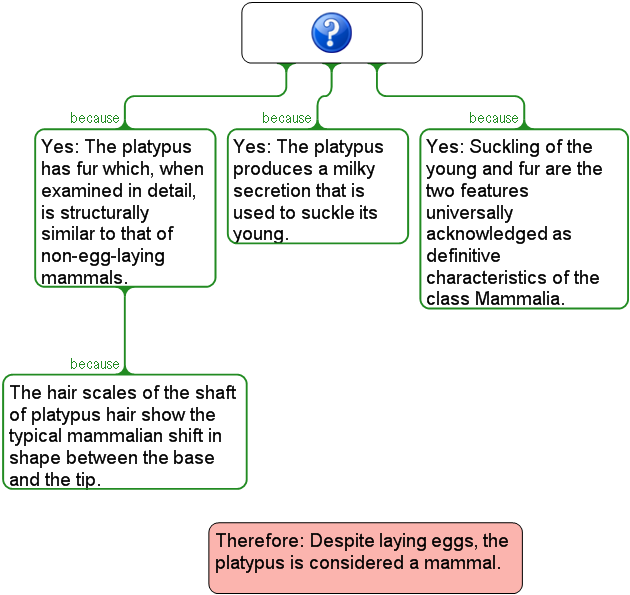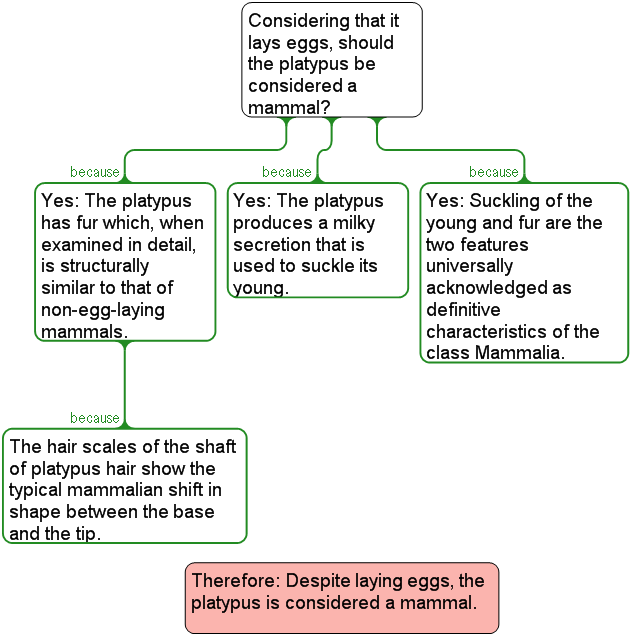The Science Of Scientific Writing Set C Paragraphs with something extra: points and tails Paragraphs that end with a bang! Using maps to write Point-final paragraphs Exercise 1 Exercise 2 Exercise 3 Further ideas on Point-final paragraphs Exercise 4 Paragraphs that are short, or have a tail Final Page.
OVERVIEW: The way to well-written science
PART I: Paragraphs and Sentences
SET A: Paragraphs: The Maps Behind Them
SET B: Paragraphs: Using Maps to Meet Readers' Expectations
SET C: Paragraphs with Something Extra: Points and Tails
SET D: The Generic Section: Expectations and Maps as Blueprints
SET E: Scientific Sections: The Methods and Results
SET F: Scientific Sections: The Discussion
SET G : Scientific Sections: The Introduction
SET H : Sentences
SET I : The Paper as a Whole
PART II: The Paper and its Sections
SET 1: Argument Parts
SET 2: Indicator Words
SET 4: Locating Arguments in Prose
SET 5: Rationale's Essay Planner
SET 6: Evidence in Arguments: Basis Boxes
Synthesis 1: Position-Early Paragraphs
Synthesis 2: Position-Final Paragraphs
Synthesis 3: Writing a Discussion I
Synthesis 4: Writing a Discussion II
How to use maps as a basis for a point-final paragraph (in 3 easy steps)
STEP 1
Compose a map in the normal pattern, with what will later become the Point Sentence in the top box.
STEP 2
Shift the text of the future Point Sentence to the bottom of the map, leaving a gap to be filled at the top. Use a red claim box, unconnected to the main map.

STEP 3
Fill in the gap with a Framing Sentence , i.e. a sentence that prepares the reader for the Point Sentence(and thus the core of the map as well). In this case, the Point Sentence is a claim, so the Framing Sentence should be a question (explicit or implicit).

......
